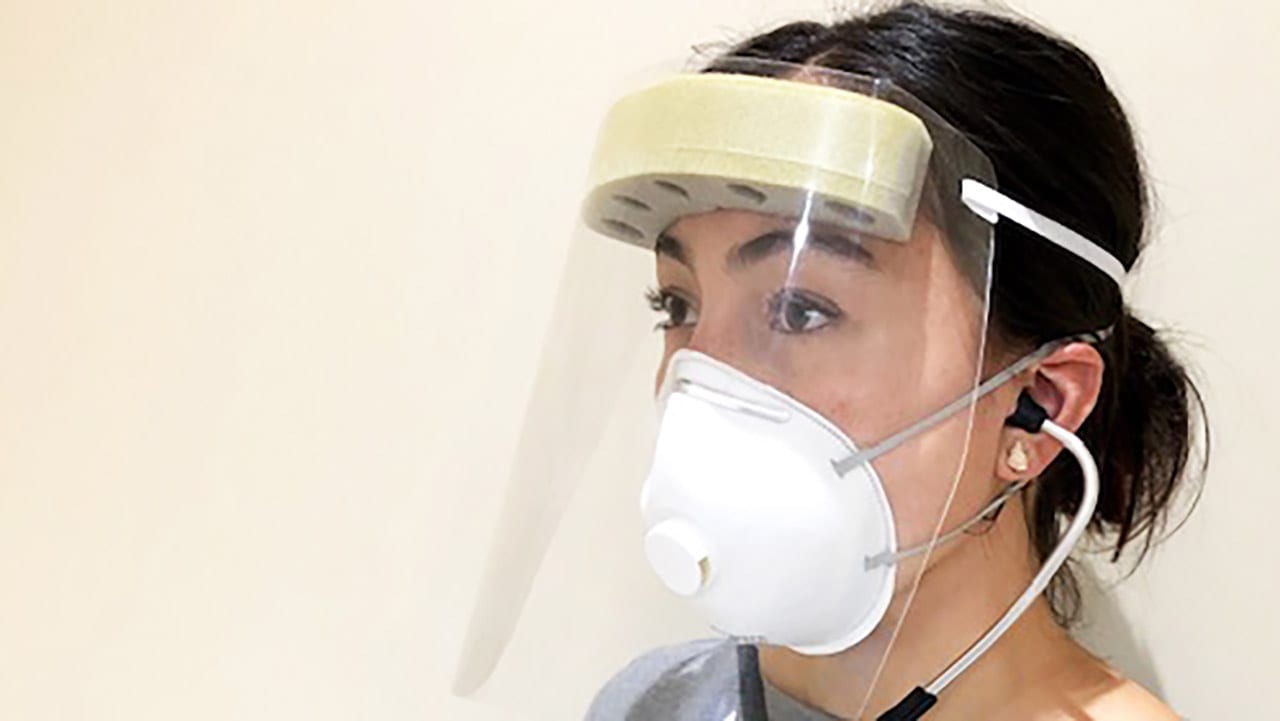The ventilator is one of a number of designs developed in response to COVID-19 by an engineering team led by Professor Olaf Diegel, a multi-award-winning product design developer. The team of engineers are are part of the Creative Design and Additive Manufacturing Laboratory (the Lab) in the Faculty of Engineering at the University of Auckland. Professor Diegel and his team aim to change the way Additive Manufacturing (AM, otherwise known as 3D printing) is used across many industries and in the last few weeks have developed myriad prototype designs to keep people safer during the COVID-19 epidemic.
This includes the prototype ventilator, which is not intended to replace high-end ventilators, but to replace manual ventilators. The prototype design includes an automated hand and also allows for the adjustment of some ventilator functions including breaths per minute, inspiratory:expiratory ratio, pressure and volume.
Ventilators constitute a Class II medical device, so their prototype will still need to go through clinical trials before getting approval from the FDA or equivalent regulatory body before being used. As the Lab at the University is currently in lockdown and the team unable to physically test their design, they have made it open-source to all so that others working in this area can print it, test it and improve on it.
As soon as we are able to build and test our own we will, no doubt, be improving it, and will make all the new files open source too,” says Dr Diegel.
While their ventilators are unlikely to be needed in New Zealand, he says, they will be of great use for countries that don’t have or can’t afford enough high-end ventilators. “At best, this type of ventilator could only be used as a controlled mechanical ventilation system (CMV). It doesn’t allow any synchronisation with the patient’s own breathing and is only for when patients are deeply unconscious and paralysed.“But it could be used for patients needing to be transported from one place to another, and to free up the hands of the medical person that might, otherwise, have to manually ventilate the patient with an Ambu-bag.”
The engineering team have also been working with Associate Professor Don Clucas, of Canterbury University, on a low-cost disposable face shield which takes around 30 seconds of laser cutting and 30 seconds of assembly. They have also designed a reusable 3D printable face shield that can be sterilised, and is foldable “so a heap of them can be printed as a single batch in a powder bed fusion machine,” says Dr Diegel. “The COVID pandemic has opened up a whole new way of doing design for the greater good,” says Dr Diegel. “This crisis is occurring on a completely global scale, and even with border closures, whatever happens in one country affects all the others.
“As we are all in this together, it is imperative that we all work as a community on trying to solve the problem globally. This is why we are making all our design open-source so that others can improve them or adapt them to suit their particular circumstances and manufacturing capabilities.”




